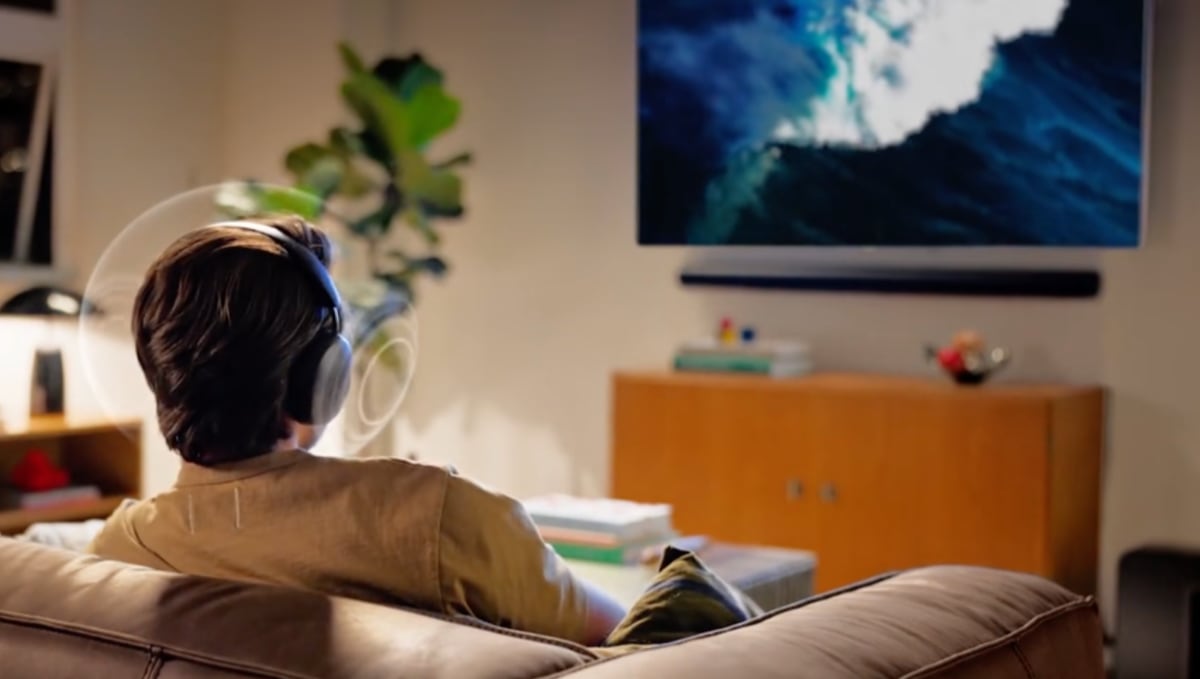Ever since OLED was a research project, the lifespan of the organic material has been debated. There is no reason to worry, says LG. The latest generation of OLED TVs now has a lifespan of 100,000 hours, according to a report by Korea Times.
OLED lifespan has tripled
Ever since Kodak started working on OLED in the 70’s, longevity has been a topic. The organic material inside the pixels that helps create light and colors decays over time.
LG is the only manufacturer capable of mass-producing OLED TVs and since the company launched the first OLED TVs it has used a special type of white OLED sub-pixels that passes light through filters. The company has repeatedly said that this method can lower production costs and increase longevity. We now have some numbers.
- "When we first started manufacturing OLED TVs in 2013, their lifespan was some 36,000 hours," said Lee Byung-chul, Vice president for LG Electronics to Korea Times and continued; "technological development has extended it to 100,000 hours now. This is equal to 30 years, if a user watches our OLED TV for 10 hours a day."
A lifespan of 100,000 hours, if correct, appears to refute the rumors that especially LG’s local neighbor likes to spread. Samsung has reportedly given up on mass-producing OLED TVs and has cited longevity as one of the reasons. Samsung will instead focus on so-called QLED TVs.
For comparison the half-life for the backlight in LCD TVs is typically rated at around 60-70,000 hours. However, most often components fail before the backlight dies out.

OLED double-check
Korean media were invited for a tour of LG’s factory where LG demonstrated how OLED TVs undergo a rigorous “two-track inspection procedure”.
The first test takes place on the conveyer belt where each panel is examined for 15 minutes to identify potential color or general panel errors, LG told Korea Times.
The second check takes places after the TV has been packaged. A person unpacks every TV, which is done in part to get a feel for the customer’s experience. Each TVs is then tested for a period of 72 hours at normal room temperature. For new OLED models the period is extended to 168 hours.
- "Random sampling tests are not allowed, so all OLED TVs should be under the same thorough inspection processes," said LG to Korea Times.
LG sold 113,000 OLED TVs in the first quarter of 2016, giving them a 96.4 percent market share for OLED TVs. The rest are sold by Panasonic and Chinese vendors that source panels from LG.Display. The market for OLED TVs is forecasted to more than double each year from 2013 to 2020.
- Source: Korea Times








